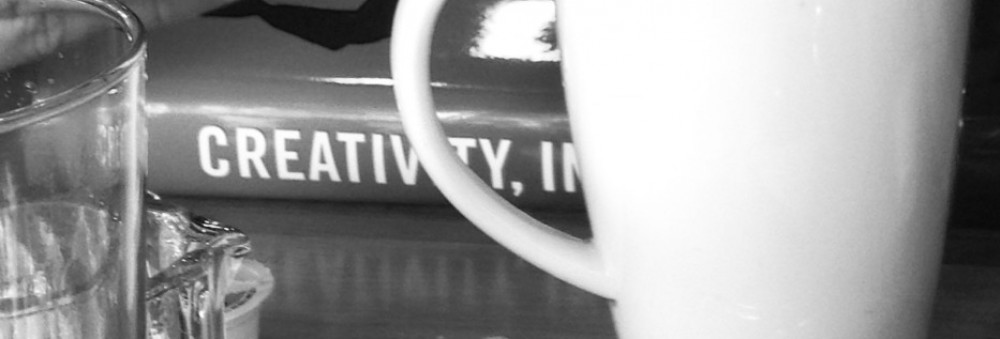Sketch courtesy of Amy Burvall
“The need for innovation – the lifeblood of business – is widely recognized, and imagination and play are key ingredients for making it happen.” -John Seely Brown and Douglas Thomas ‘A New Culture of Learning’
It is not so much that the world has changed, as much as we have. The way we connect, the way we access, the way we think, even the way we learn.
Which is why our ability to think in creative and innovative ways will be fundamental to our survival in the future. Not only to solve the problems that plague us, but to deal with the exponential rate and expansiveness of change that we will face.
And we will need to be much more adept and flexible in our thinking to deal with this change. It will require us to live much more in a state of flux. Our sense of equilibrium will not be as easy or steady. We will have to learn to live with stability and instability crashing in and upon each other, constantly. Often creating a sense of anxiety and chaos amidst this rate of change.
The problem is that we struggle to let change happen. To let it evolve. We struggle to let our creative and innovative thinking develop organically where it wants and needs to go during these times of change. We try to control and restrict the process. We invoke structures, create protocols, in an attempt and belief that we can suppress and slow down this change.
“Traditional approaches to learning are no longer capable of coping with a constantly changing world.”
But, if we are going to be more creative, more innovative in the future, maybe we need to rethink our efforts at control. Our attempts to diminish the speed of change. Maybe we need to reach back to our younger years and consider how we dealt with change as children. Or as Douglas Thomas and John Seely Brown put forth in A New Culture of Learning…
“Children use play and imagination as the primary mechanisms for making sense of their new, rapidly evolving world. In other words, as children encounter new places, people, things, and ideas, they use play and imagination to cope with the massive influx of information they receive.”
And while children use play and imagination to access and deal with new learning, new knowledge and a rapidly evolving and changing world, we do little to invoke this as adults. Rather, we move farther and farther away from this. We see less and less need for play, for curiosity, for imagination. We look to make sense. To suppress wonder for fact. Often subduing our joy and want for learning in the process.
“Thus, as a child grows and becomes accustomed to the world, the perceived need for play diminishes.”
But, what we are finding, are those things are becoming less and less viable, and less and less constant.
Whether children or adults, though we believe it is radically different, much stays the same in our minds and our thinking. Or as Douglas Thomas and John Seely Brown share, we still…
“Both wonder, “What do I do now? How do I handle this new situation, process this new information, and make sense of this new world?
As children, so as adults. We are both trying to make sense of the world around us and the rate of change we are facing. This state of flux. This stability and instability we are constantly facing. And maybe, just maybe…
What Douglas Thomas and John Seely Brown may be saying, is that…
Play, imagination, curiosity, inquiry, and wonder may just be what is needed and necessary, if we are to approach this change world in a more creative and innovative manner.
As adults and children.
References and quotes from…
Thomas, Douglas and Seely Brown, John. A New Culture of Learning: Cultivating the Imagination for a World of Constant Change. 2011.

